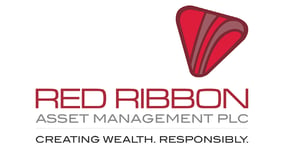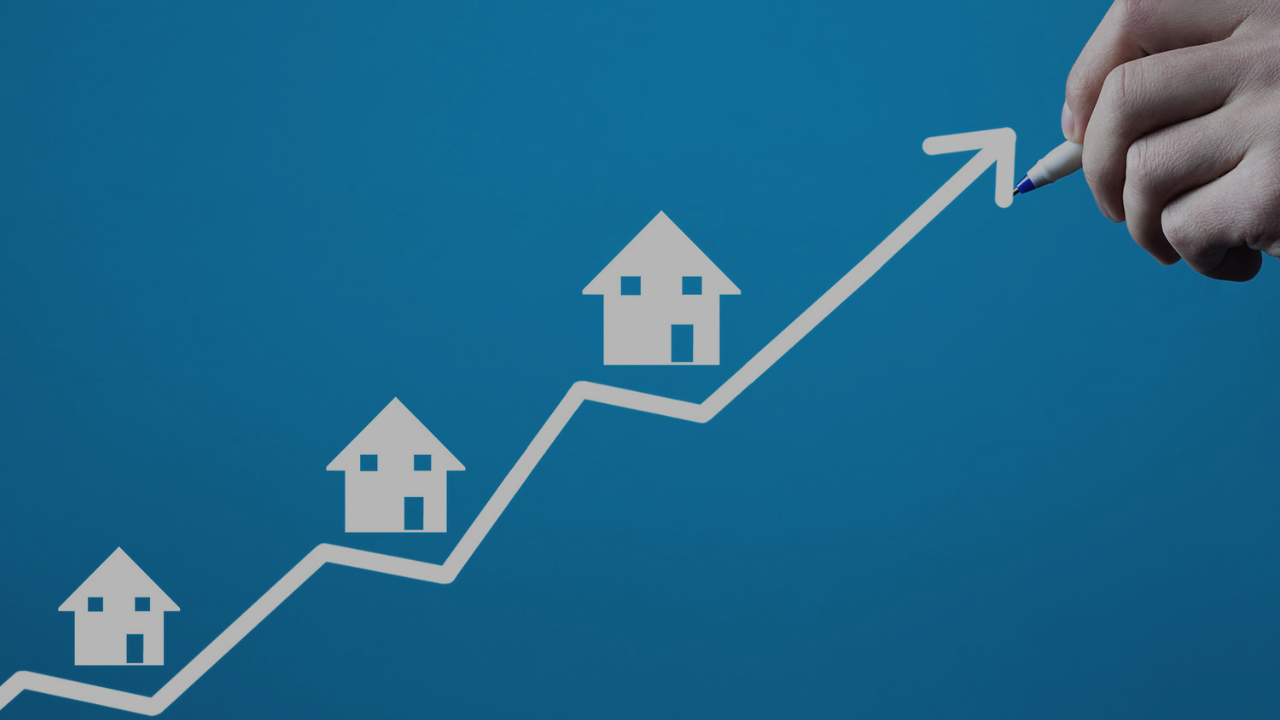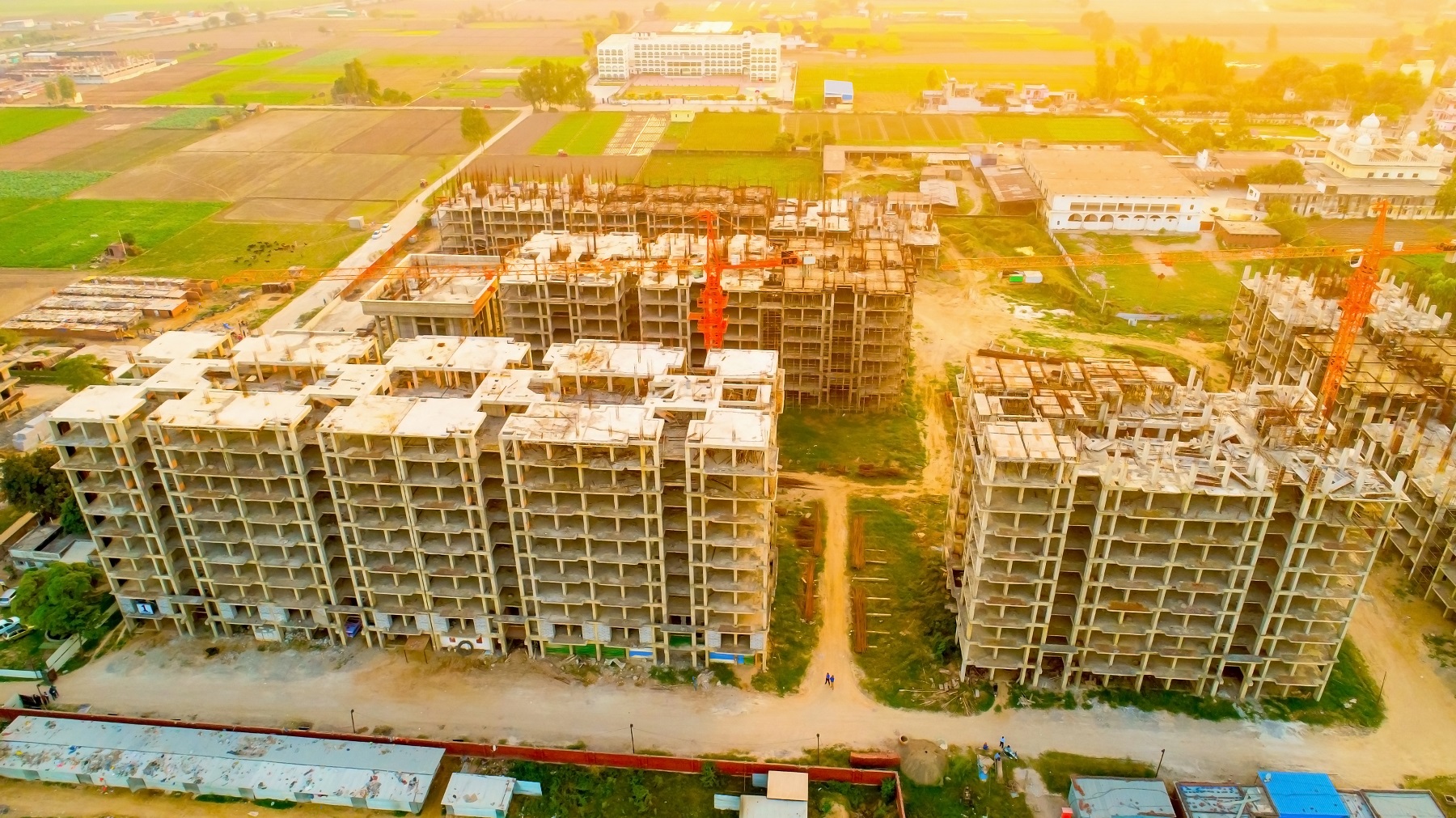Can Unprecedented Demand Create a Slump in Property Prices…Of course not, Global Real Estate is as Strong as Ever.
Buying an average London house would have set you back £55,000 in 1985: but the same house would cost £84,000 five years later, and by 2010 it was selling for £283,000. Last year it was worth £490,000. That’s an aggregate increase of 890%, which is a pretty good going, bearing in mind £55,000 invested in equities over the same period would now be worth £359,700 (240% less): added to which you can’t live in a pile of share certificates, and (unless you happen to be married to him (or her)), your broker won’t be cooking Sunday lunch any time soon. With bricks and mortar consistently outstripping equity markets for decades, it’s no wonder Englishmen (and women) treat their home as their castle: because their castles are more like Fort Knox…but that seemed set to change last year.
With gruesome inevitability, we are (of course) talking about COVID…
Economic growth slumped dramatically in the aftermath of the Pandemic: in the third quarter of 2020 the US Economy suffered a precipitous 31.4% fall in GDP (the biggest since the Wall Street Crash), and in the UK GDP fell by 16% over the same period. In India the equivalent figure was 23.9%. All of which had an immediate impact on property prices across the globe, with forecasts from March 2020 predicting a deep and sustained slump in real estate…because, so the theory goes, it’s hard to buy a new home if you’re locked down in the one you’ve already got.
All that changed in six short months…it was, after all, only a theory.
Property Markets on the Rise
By the end of the 2020 US real estate was already looking at record-breaking returns (in the right direction): according to Zillow (www.zillow.com), a total of 5.64 Million homes were sold in the United States up to the end of last year, a 5.6% increase on 2019; and average house prices rose by 8.4%. India had an even more spectacular year, particularly in the tech heavy, Chennai and Bangalore sectors… ESR Group (www.esr.com/en) predicts sales will continue to increase by a steady 3.8% going into 2021: the most optimistic projection since 2016.
And part of the reason for all this is, of course, the Internet which has become a much bigger and more ubiquitous part of all our lives: stuck at home and glued to the screen, buyers are more competitive these days, forced to move quicker to snap up their new home at the speed of an electron. And then there are lower interest rates too, the lowest for over three hundred years: the Reserve Bank of India is now widely expected to reduce its benchmark repo rate by a further 50 basis points by the end of 2022, expected to bottom out at 3.5%.
So however difficult the times might be (and there’s no denying they’re difficult), there’s never been a better time to buy a new home…
Over on the supply side, and largely as a result of the same criteria, construction companies are finding it increasingly difficult to keep pace with the demand for new homes and houses, all of which has contributed to higher prices: demand has increased by 50% since 2010, but supply has fallen by 33%, with a particular shortage in supply of previously owned properties.
Affordable Housing
Sounds like good news then … but there’s a problem.
A combination of reduced interest rates and rising property prices is also likely to create a shortage in affordable housing. For those in housing need, escalating prices only exacerbate the problem, which in turn places an added burden on construction companies. That’s why more and more suppliers, every day and supported by government programmes and incentives are turning to Modular Construction to deliver that most basic of human aspirations: the home of their dreams.
A Castle they can call their own…
Executive Overview
As Mark Twain might almost have said, rumours of the death of Real estate have been greatly exaggerated: despite COVID restrictions, global property markets are booming and seem set fair to prosper over the course of the coming years.
Invest in Red Ribbon Asset Management

Red Ribbon is committed to identifying and building on investment opportunities that are fully in compliance with its core Planet, People, Profit policy: not only offering above market rate returns for investors but also protecting our Natural Capital.








Leave a Reply